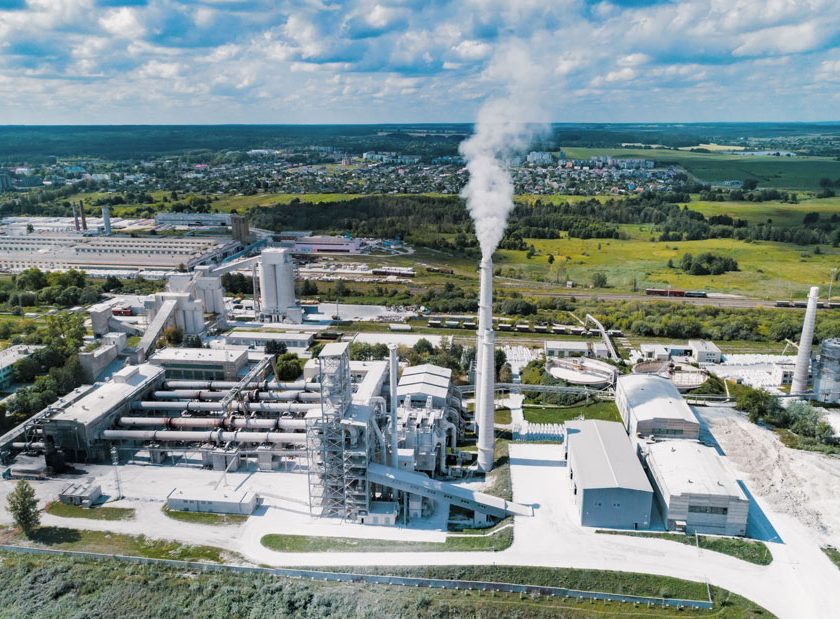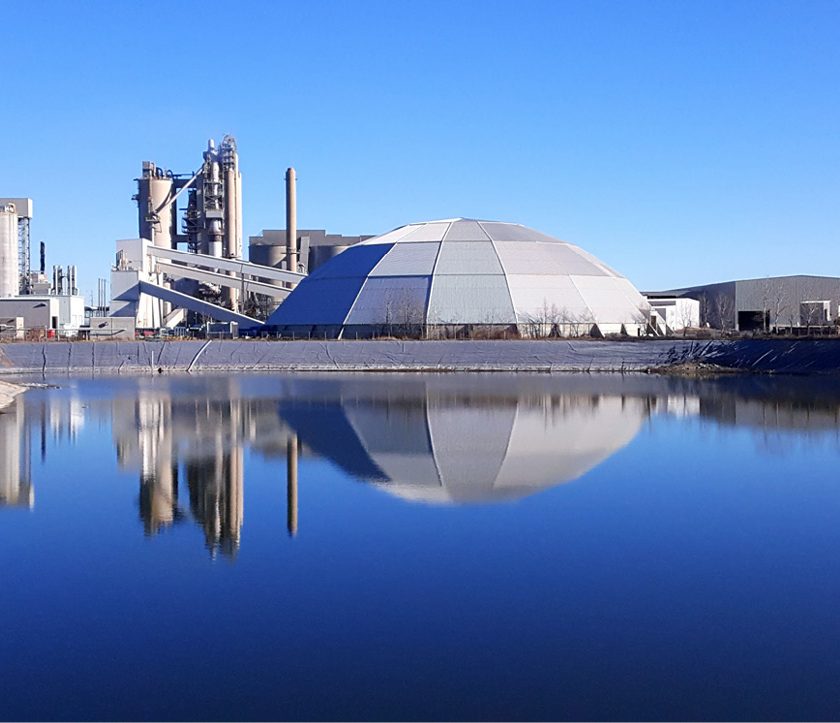The promulgation of tough air toxics rules will cause the cement industry to spend $685 million per year for air-pollution-control equipment over each of the next three years, according to the McIlvaine Co.’s Cement Plant and Project Tracking System.
The largest expenditures will be for fabric filters ($300 million per year) as they will be needed to provide better particulate and mercury capture. Substantial investments in scrubber systems ($250 million per year) will be made in order to meet the HCl limits. In addition to the above listed equipment, there will be substantial expenditures for activated carbon and continuous emissions monitoring systems.
After many rounds of litigation, the final Cement MACT rule was issued in December 2012. Existing kilns must comply by Sept. 9, 2015. EPA estimates that mercury will be reduced by 93 percent, hydrochloric acid by 96 percent, particulate matter by 91 percent and total hydrocarbons by 82 percent.
Most of the kilns in the country will make the necessary expenditures rather than shut down. One reason is the improving market for cement. According to the latest forecast from the Portland Cement Association (PCA), there will be an 8.1 percent growth in cement consumption in 2013. The upward revisions reflect adjustments made in light of the recent fiscal cliff accord, recognition of stronger economic momentum and markedly more optimistic assessments regarding residential construction activity.
PCA also upwardly revised its long-range projections for 2015-2017. Annual growth during that period is expected to be as high as 9.2 percent. Cement consumption is dictated by the level of construction activity and by the prevailing cement intensity. While 2017 cement intensity levels remain well below the pre-recession averages and upside risks remain, these risks have been significantly reduced.



